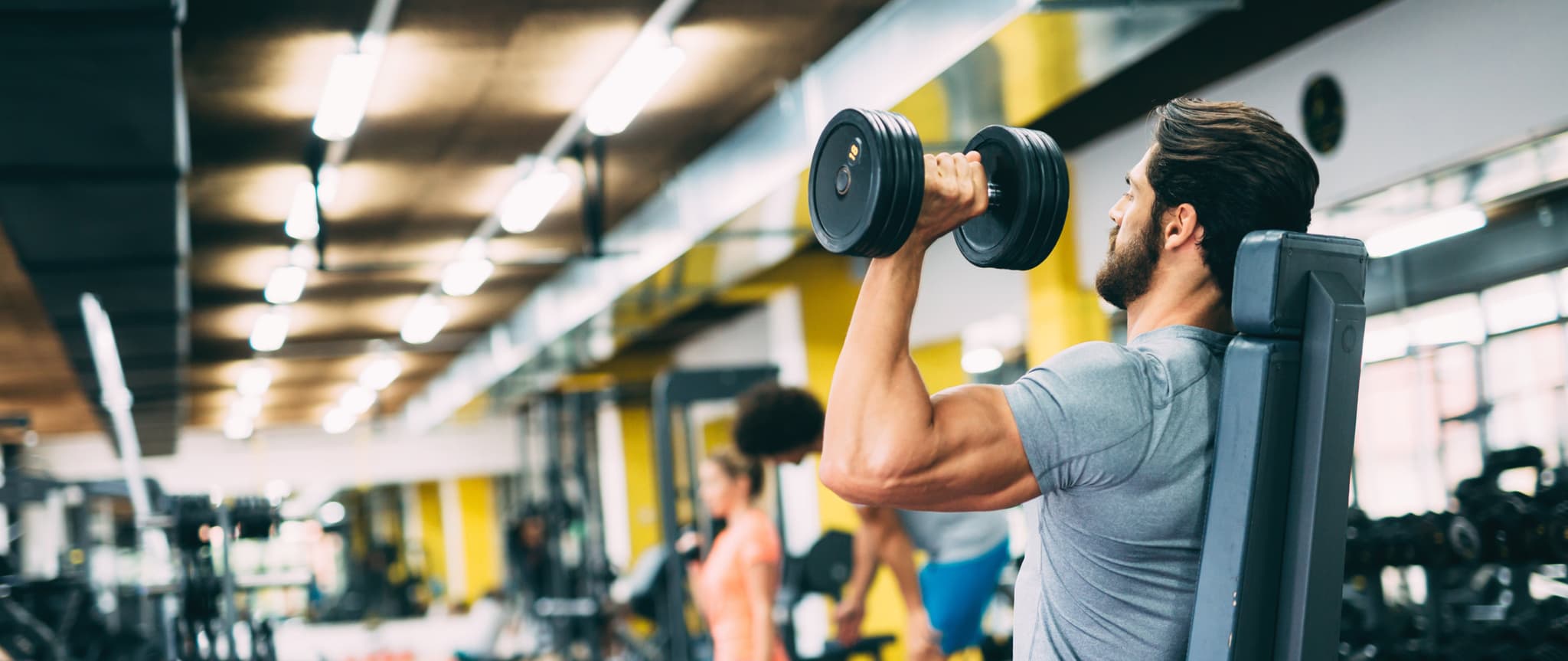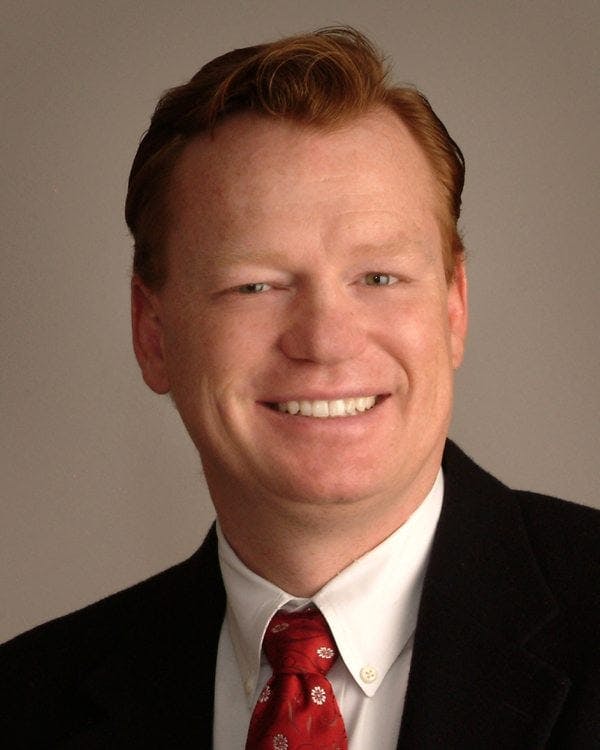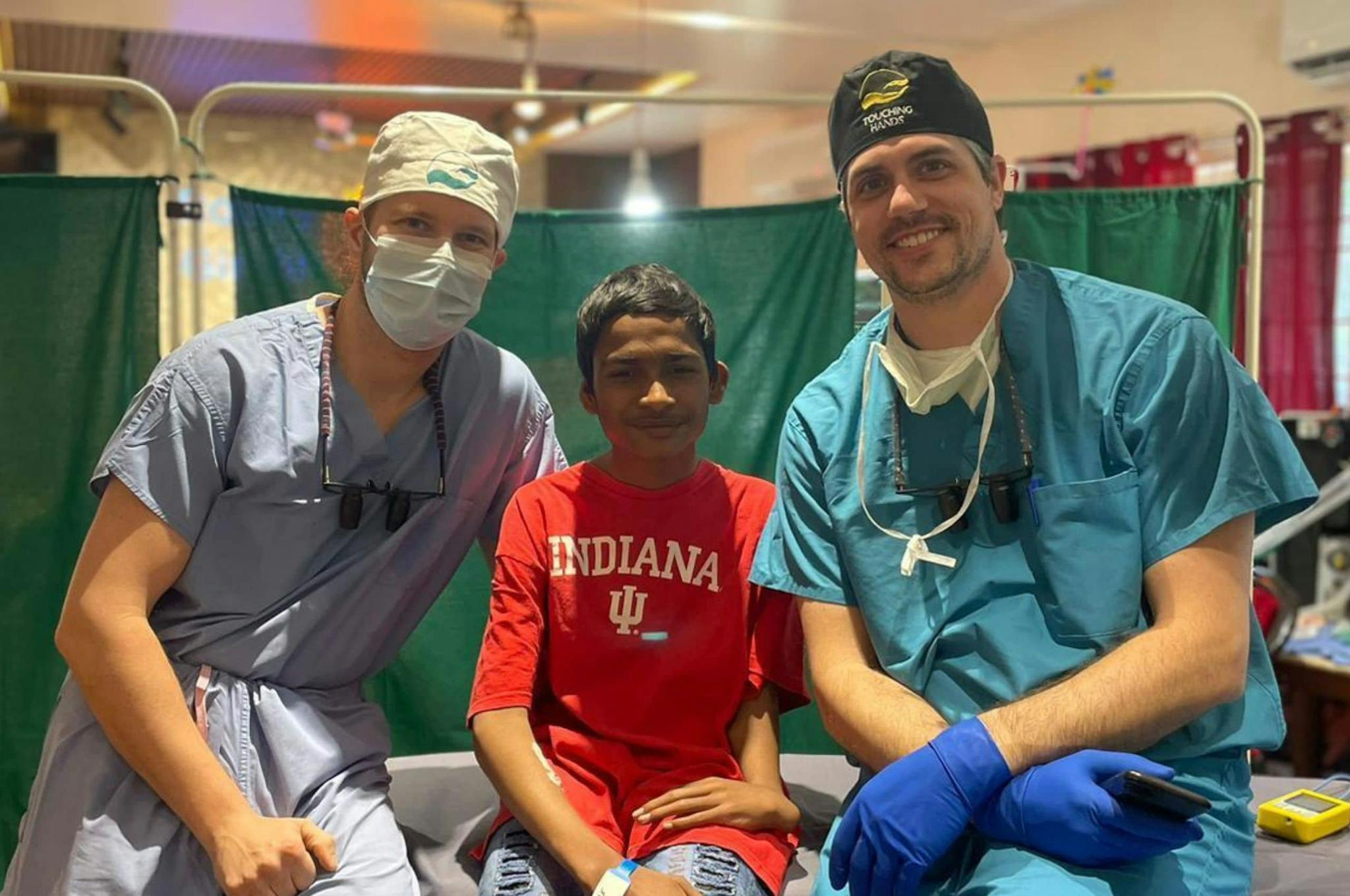
2025-06-10T13:54:10
Understanding Skin Grafts
- Dermatology
- Family Medicine
- Internal Medicine
- Orthopedics
April 29, 2019 | Orthopedics

Like many injuries, weightlifter’s shoulder can result from overuse of the upper extremity. The problem occurs at the point near your shoulder where the collarbone (clavicle) connects with a part of the shoulder blade called the acromion. The name of this point where the two bones come together is the acromioclavicular (AC) joint. To cushion the two bones of the AC joint, a small disk of soft tissue called cartilage rests between them at the point where they meet.
Repeated stress on the cartilage of the AC joint can damage it on a microscopic level. In other words, tiny cracks can appear in the cartilage and cause pain. This damage may occur gradually and not cause pain for some time. As the damage to the cartilage progresses, however, the pain may become noticeable as an aching sensation, which gets worse with weight lifting activities.
Certain weight lifting techniques, such as the military press, power clean and bench press, can contribute to the development of distal clavicle osteolysis. However, any repetitive overhead lifting motion can put stress on the AC joint and cause the microtrauma that results in weightlifter’s shoulder.
When the condition results from weight lifting, it usually only occurs in one shoulder. If you experience pain in both shoulders at the same time, an underlying medical condition may be causing your symptoms, such as rheumatoid arthritis, hyperparathyroidism or gout. Similar symptoms can also result from trauma to the shoulder, such as a fall.
Conservative Treatment
Eighty percent of patients with weightlifter’s shoulder require only conservative treatment. This includes anti-inflammatory medications, ice therapy, and refraining from weight lifting and other activities that worsen your pain.
Activity Modification
If you are unable or unwilling to temporarily stop weight lifting, you can modify your routine to alleviate the pressure on your AC joint. For example, instead of avoiding bench presses, you can perform them while lying on an incline rather than flat on your back. Always consult your physician about your exercise routine when you have an injury to make sure you are not doing anything that could worsen the damage.
Surgery
Another treatment option is a distal clavicle excision. This surgical procedure relieves stress on your AC joint by removing a small amount of bone at the tip of your collarbone. An orthopedic surgeon can perform this procedure either arthroscopically (meaning your surgeon will make a small incision and use a tiny camera to perform the procedure) or with an open, larger incision.
Weightlifter’s shoulder is a self-limiting condition, meaning that it usually gets better over time. If you choose to do nothing for your weightlifter’s shoulder, your symptoms should go away in about two years.
However, it is not always possible or desirable to wait for your body to heal itself. Your primary care physician or orthopedic surgeon can discuss your treatment options and help you decide which works best for you.

WRITTEN BY:
The Live Better Team

2025-06-10T13:54:10

2024-06-21T14:29:51

2024-02-06T11:40:13

2023-03-30T11:23:12
This information is not intended to replace the advice of a medical professional. You should always consult your doctor before making decisions about your health.